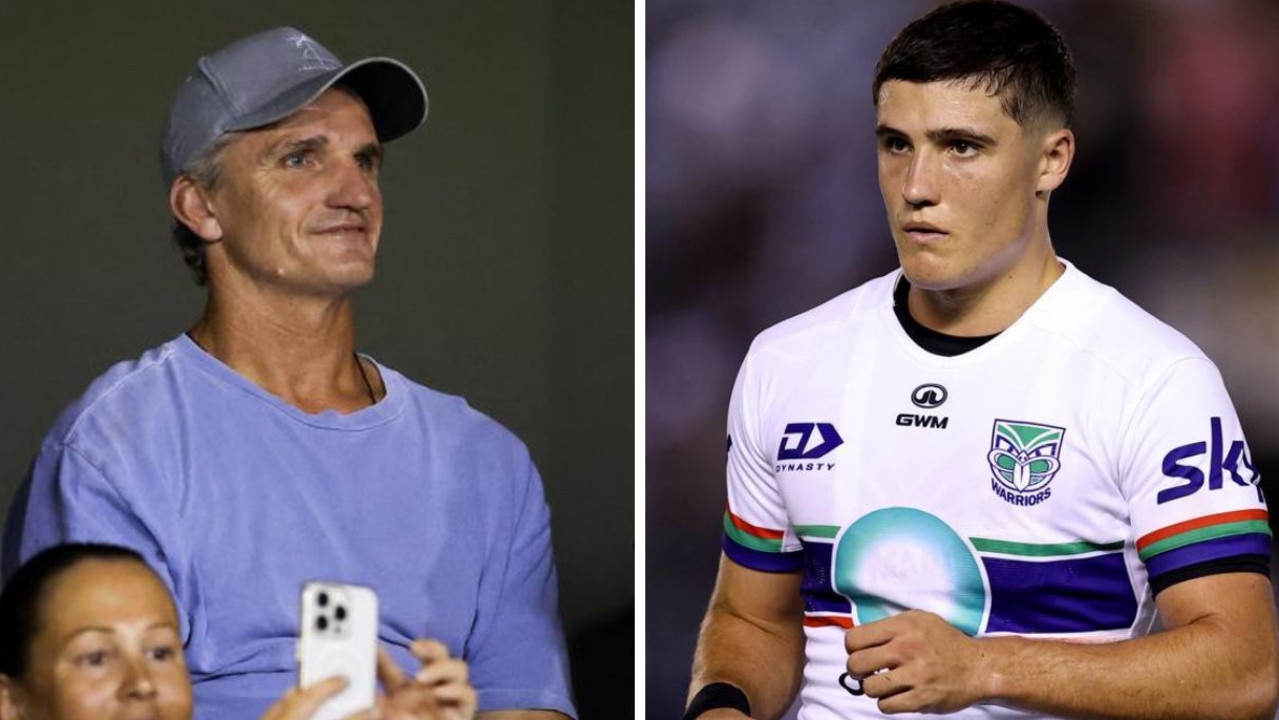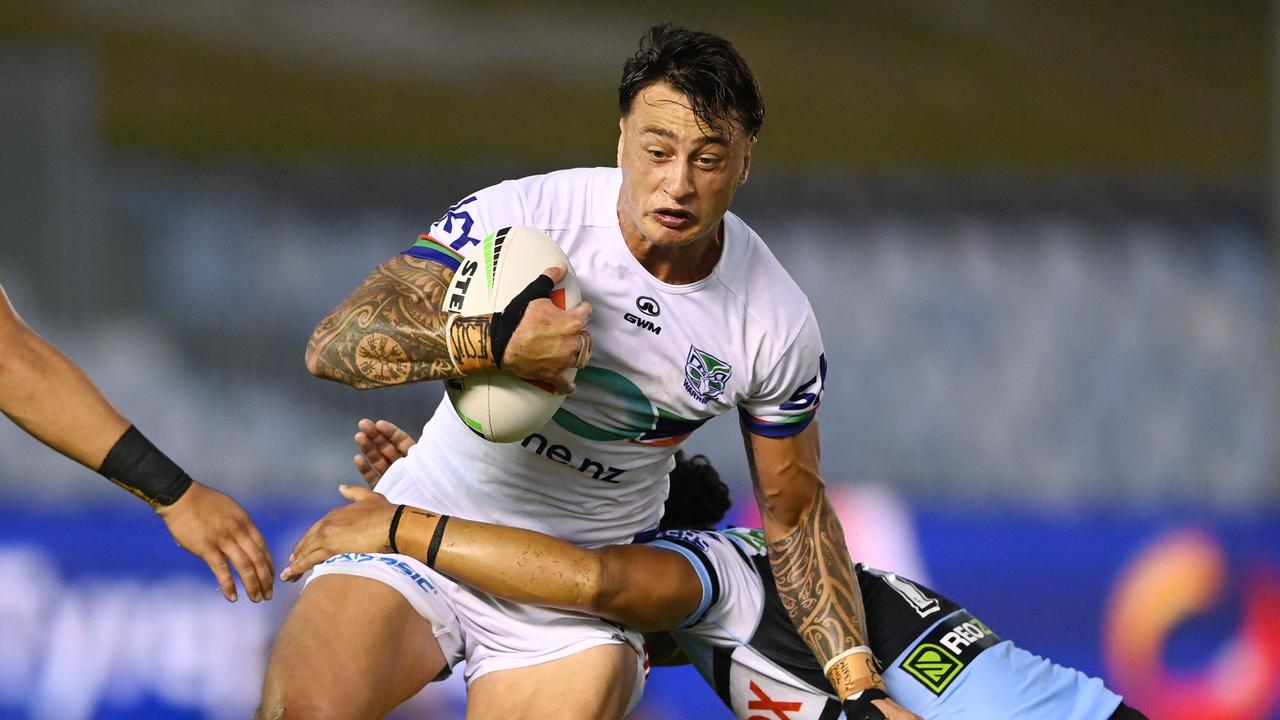Fewer penalties as NRL refereeing changes bring playmakers into the game
NRL head of football Graham Annesley’s directive to his referees to let games flow has only been in place but already the effect is being felt on the field.
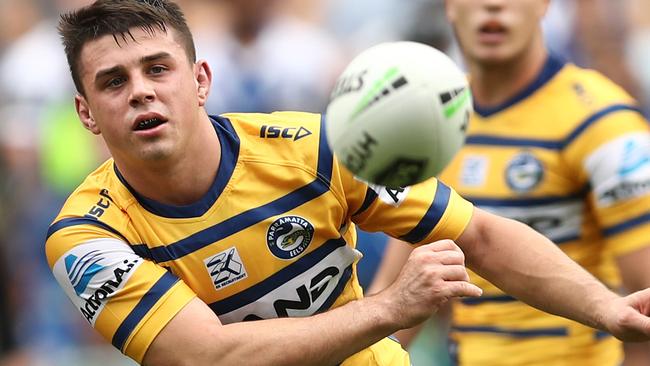
NRL
Don't miss out on the headlines from NRL. Followed categories will be added to My News.
Referees have put away the whistle in season 2019 and some of the smallest men are having the biggest impact on the field as a result.
NRL head of football Graham Annesley’s directive to his referees to let games flow has reintroduced the fatigue factor and players like Robbie Farah, Reed Mahoney and Luke Keary have been the beneficiaries.
Farah was at his best against the Warriors on Sunday where he terrorised a tired defence. The Wests Tigers veteran scored one try and set up three more for his teammates.
Feisty Parramatta hooker Reed Mahoney caught Canterbury forward Sauaso Sue napping late in the first half and scooted and down the field to put fullback Clint Gutherson under the black dot.
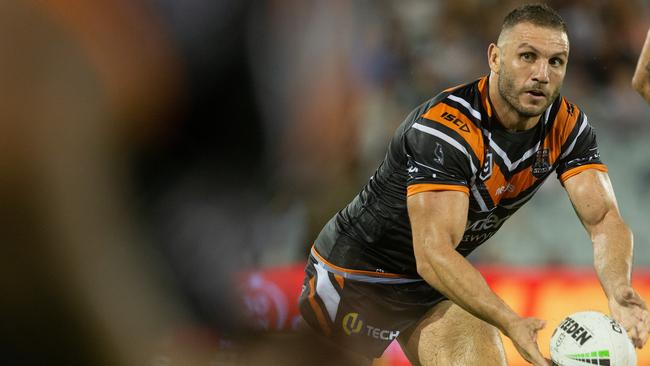
Annesley has made no secret of his desire to bring attrition back into the game and his belief that reducing the impact of a match official will increase the entertainment value.
Not only do the performances by the game’s diminutive playmakers back the early success of Annesley’s blueprint, the numbers also tell the tale of the tape.
In round two of 2018 there were 6.1 tries scored on average per game, that was up to 7.1 tries per game over last weekend. Linebreaks are also up from 6.3 to 7.3 per game.
But the largest change has been the penalties blown by referees.
There were 56 less penalties awarded in round two this year compared to round two in 2018. That also means 56 less stoppages.
The other number which indicates attrition is slowly creeping back in 2019 is the fact only 6 penalty goals were taken in round two, down from 20 penalty goal last year.
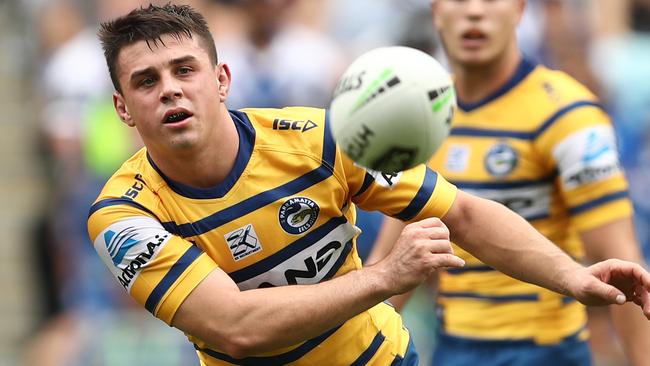
“I know it will blow up at some point and we’ll have controversy about decisions, big decisions that are made that will have an impact,” Annesley said.
“What I’m seeing now is refereeing being less of a factor. I’m seeing less stoppages in games. I’m seeing players playing a different type of football.
“The fact they’re not taking the kicks for goal to the same extent as they were last year. They’re prepared to chance their arm to throw the ball wide to try and score.
“I can never tell clubs and coaches how they should play the game, that’s entirely up to them. What they have done is that they have recognised that the players under their control have far more ability to effect the outcome of a game without the same level of stoppages we had last year.”
Annesley also revealed that the NRL will conduct a review into the number of interchanges midway through the season.
As well as organically generating fatigue, a reduction in the interchange from eight to six is viewed as a way to minimise the impact of collision, and in turn head injury.
“One of the reasons there was no change to interchange last season was the statistics we are monitoring here were heading in the wrong direction and we couldn’t make an informed decision,” he said.
“We’ve seen more ball in play and less stoppages in the first two rounds but part of the objective is to reduce the impact of collisions.
“Fresh players and constant rotation of players increases the impact of collisions and we are trying to introduce more fatigue to reduce some of that impact.”
Originally published as Fewer penalties as NRL refereeing changes bring playmakers into the game

